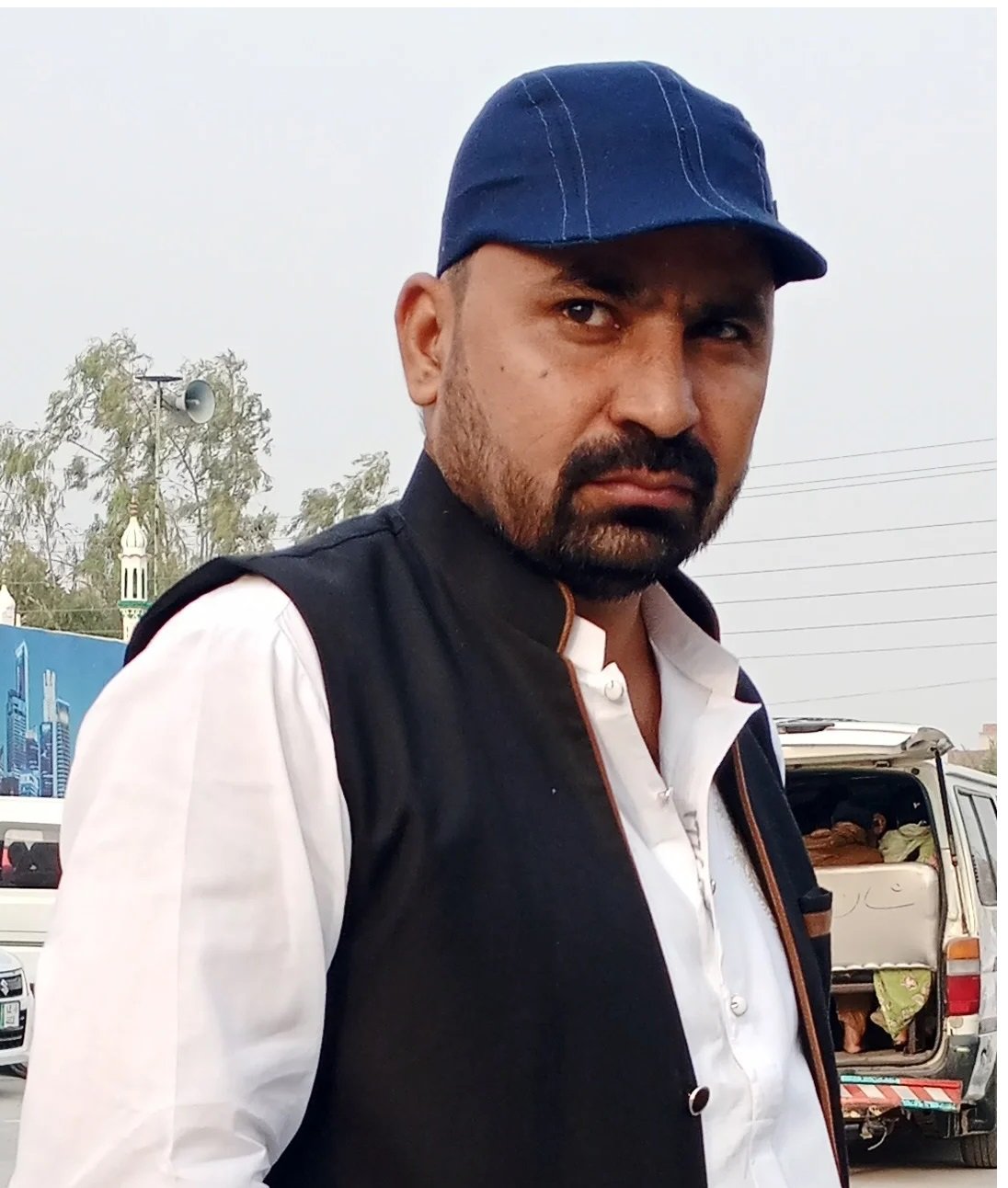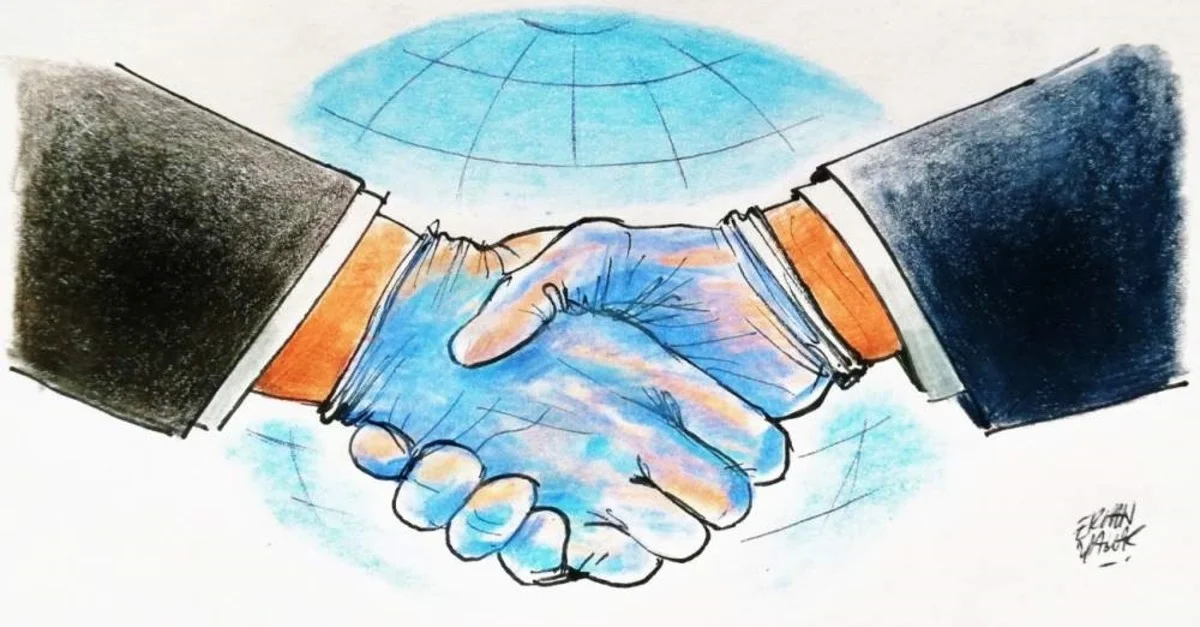Which countries have an alliance?
Alliances between countries are nothing new. Throughout history, nations have sought to join forces in order to expand their power, protect their interests, and create a more secure environment for their citizens.
In today’s world, there are a number of alliances that exist between countries around the globe.
These alliances range from formal military alliances such as the NATO alliance to less formalized economic agreements such as the Association of Southeast Asian Nations (ASEAN).
In this article we will discuss types of alliances, examples of international alliances, Which countries have an alliance?, and the benefits they provide.
Types of Alliances:
There are two main types of alliances – military and economic.
Military Alliances:
Military alliances involve a commitment by each party to support the other in times of conflict or war. Such alliances often include mutual defense treaties and common military strategies, allowing each member to draw on the resources of the others if needed. Examples of such alliances include NATO (North Atlantic Treaty Organization) and the Warsaw Pact.
Economic Alliances:
Economic alliances involve a commitment by each party to coordinate their economic policies and work together to promote trade, investment, and economic growth. Examples of such alliances include the European Union (EU), NAFTA (North American Free Trade Agreement), and ASEAN (Association of Southeast Asian Nations).
Examples of International Alliances:
NATO (North Atlantic Treaty Organization)
The North Atlantic Treaty Organization (NATO) is one of the oldest and most famous international alliances in the world. NATO was formed in 1949 as a means of providing collective security against the threat of Soviet aggression during the Cold War era. Membership in NATO currently stands at 29 countries, including all five permanent members of the United Nations Security Council (USA, UK, France, China, and Russia). The alliance works together to promote peace and stability around the world.
ASEAN (Association of Southeast Asian Nations)
The Association of Southeast Asian Nations (ASEAN) is regional intergovernmental organization consisting of 10 member states located in Southeast Asia. Formed in 1967, ASEAN promotes economic growth and social progress among its member nations through initiatives such as free trade agreements, cultural exchange programs, and joint defense efforts. ASEAN has also taken steps to combat terrorism by establishing a treaty on cooperation in combating terrorism and transnational crime.
GCC (Gulf Cooperation Council)
The Gulf Cooperation Council (GCC) is an intergovernmental political and economic union made up of six Arab states located on the Arabian Peninsula: Bahrain, Kuwait, Oman, Qatar, Saudi Arabia and the United Arab Emirates. The GCC was founded in 1981 with the aim of promoting economic development through cooperation on issues such as finance, energy production, transportation infrastructure projects and industry development initiatives. It has also taken steps to improve security within its borders by forming a unified military command structure known as Peninsula Shield Force.
BRICS (Brazil, Russia, India, China)
BRICS is a loose economic alliance formed in 2009 by Brazil, Russia, India, China, and South Africa. The organization seeks to promote growth and development through trade agreements and greater cooperation among its member states.
Five Eyes Alliance
The Five Eyes Alliance is an intelligence-sharing agreement between five countries (the United States, United Kingdom, Canada, Australia and New Zealand). It was established after World War II in order to share intelligence gathered by each country’s respective spy agencies. This information can then be used by all five member nations when formulating foreign policies or conducting joint operations against international threats such as terrorism or cyber-attacks.
Which countries have an alliance?
United States
The United States has an alliance with more than 40 other countries, including Australia, Canada, Japan, and South Korea among many others. This alliance is known as the “Five Eyes” and was formed after World War II in order to maintain peace and stability throughout the region. This group shares intelligence information on security threats and helps coordinate military operations if necessary.
United Kingdom
The United Kingdom also has strong international alliances with many European countries such as France, Germany, Italy, Spain, and Sweden. The UK is a member of NATO (North Atlantic Treaty Organization) which is an international organization focused on collective defense against external aggression. This alliance helps ensure that European nations can come together to share resources and protect each other from potential threats.
China
China has a strong alliance with Russia due to their shared commitment to non-interventionism in other countries’ affairs as well as their mutual opposition to US hegemony in international relations. Together they form the Shanghai Cooperation Organisation (SCO) which serves as a platform for dialogue between their militaries regarding security issues such as terrorism or cybercrime prevention measures. Additionally, there are various trade agreements between China and Russia that help both economies prosper while promoting cooperation on multiple levels.
Japan
Japan has an alliance with several Pacific Rim nations such as Australia and New Zealand under what’s known as “the Five Power Defense Arrangements” (FPDA). This agreement was formed after World War II in order to create a framework for multilateral security cooperation amongst these nations in order to prevent any further military conflicts from arising in the region.
Russia:
Russia has strong diplomatic relationships with numerous countries around the world, including a number of alliances. These alliances are designed to maximize the countries’ mutual interests and strengthen their positions on the international stage.
For example, it is part of the BRICS (Brazil-Russia-India-China) trading bloc which promotes economic countries involved.
Benefits of Alliances:
Alliances can have both political and economic benefits for the countries involved.
Improved Economic Outcomes
One of the most significant benefits of country alliances is increased economic opportunities. Countries that form an alliance often benefit from shared resources, trade agreements, and access to new markets. For example, the European Union has grown into one of the world’s strongest economic blocs since its formation in 1993. The EU has allowed member nations to share resources and increase trade with one another, leading to stronger economies for all involved parties.
Enhanced Military Protection
Another advantage offered by country alliances is enhanced military protection. By forming an alliance with other countries, a nation can enjoy greater security against potential threats from hostile forces or aggressive neighbors. The North Atlantic Treaty Organization (NATO) is a prime example of this type of alliance; it was created in 1949 with the goal of providing mutual defense against external threats to each member nation’s security. Since then, NATO has served as an effective deterrent against aggression between European countries and other nations around the world.
Improved Diplomatic Relationships
Finally, forming country alliances can open up channels for improved diplomatic relationships between nations that may have had past political or cultural differences. This type of alliance is especially beneficial for smaller countries that may not have the resources or influence to negotiate independently on international matters. The Association of Southeast Asian Nations (ASEAN) is a regional organization that enables members to coordinate efforts on key issues such as trade policy, energy conservation, and sustainable development in order to promote regional peace and stability among its members.
Conclusion:
Alliances have had a significant impact on global politics and economics over the years. By providing mutual support and coordinated action, they help to ensure peace and stability while promoting economic growth and development.
FAQ’s:
An alliance is a political and/or economic agreement between countries for the purpose of mutual support and shared resources.
BRICS (Brazil, Russia, India, China), and the North Atlantic Treaty Organization (NATO).
Alliance improved economic outcomes, enhanced military protection, and improved diplomatic relationships.
GCC stands for Gulf Cooperation Council.
BRICS stands for Brazil, Russia, India, China.
Russia’s alliance called CSTO.
NATO is largest alliances in the world.
NATO Stan for North Atlantic Treaty Organization.
BRICS (Brazil, Russia, India, China and South Africa) is an economic bloc formed in 2009 to promote cooperation among its member nations.
1. The North Atlantic Treaty Organization (NATO)
2. The Shanghai Cooperation Organization (SCO)
3. The Association of Southeast Asian Nations (ASEAN)

Shahid Maqsood is an experienced writer and journalist with 10+ years in the industry. He is Content writer and Editor , where he writes daily articles covering topics like books, business, news, sports, and more. Shahid holds an MBA from Virtual University of Pakistan and a Master’s in Mass Communications. He is based in Faisalabad, Pakistan.
His work spans multiple platforms like dosttrusty.com and newsbreak.com,Quellpress.com , airriflehunting, and bruitly.com showcasing his versatility and depth. Shahid’s insightful articles reflect his expertise, authoritativeness, and trustworthiness, making him a respected and reliable voice in digital content creation. His contributions engage and inform readers, embodying professionalism and passion in every piece.







